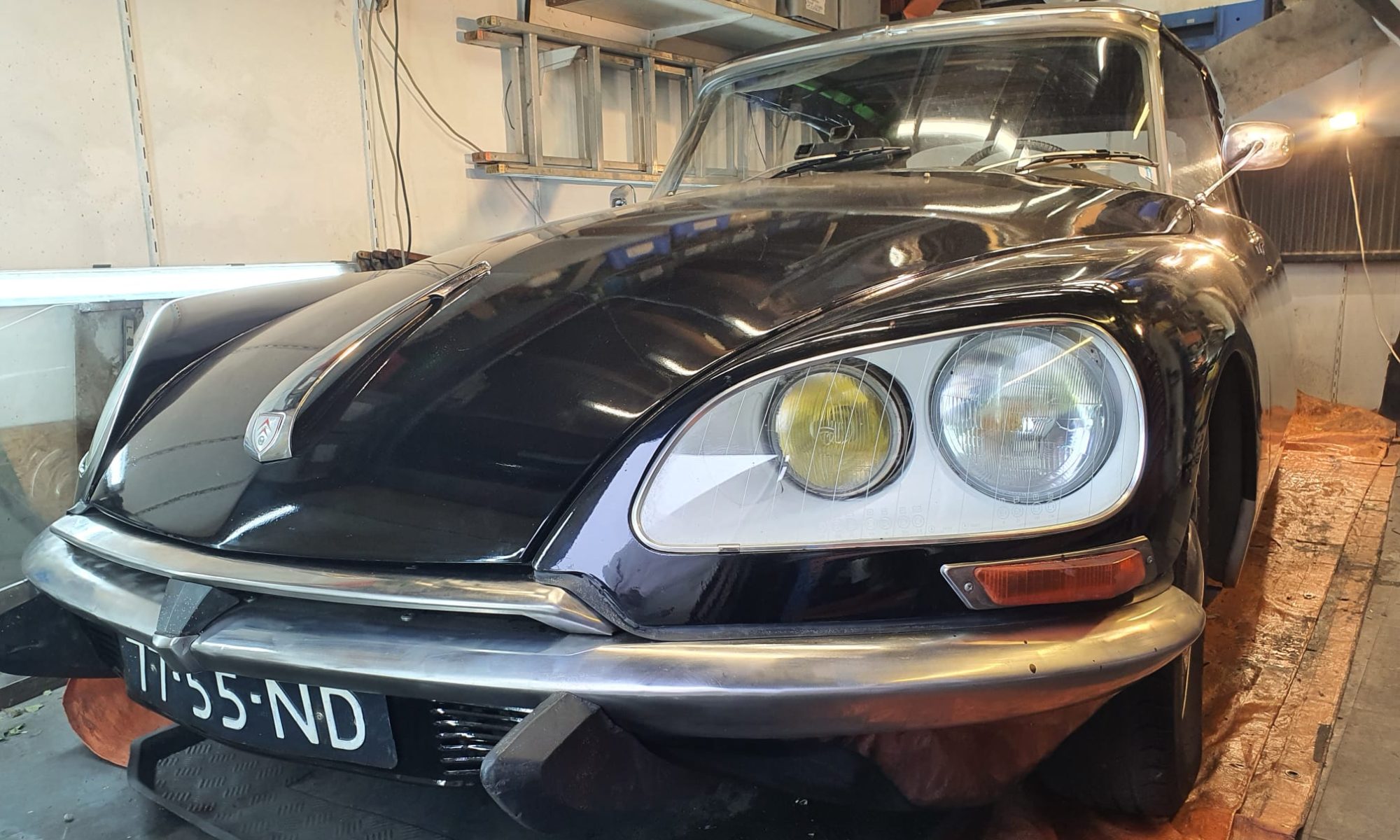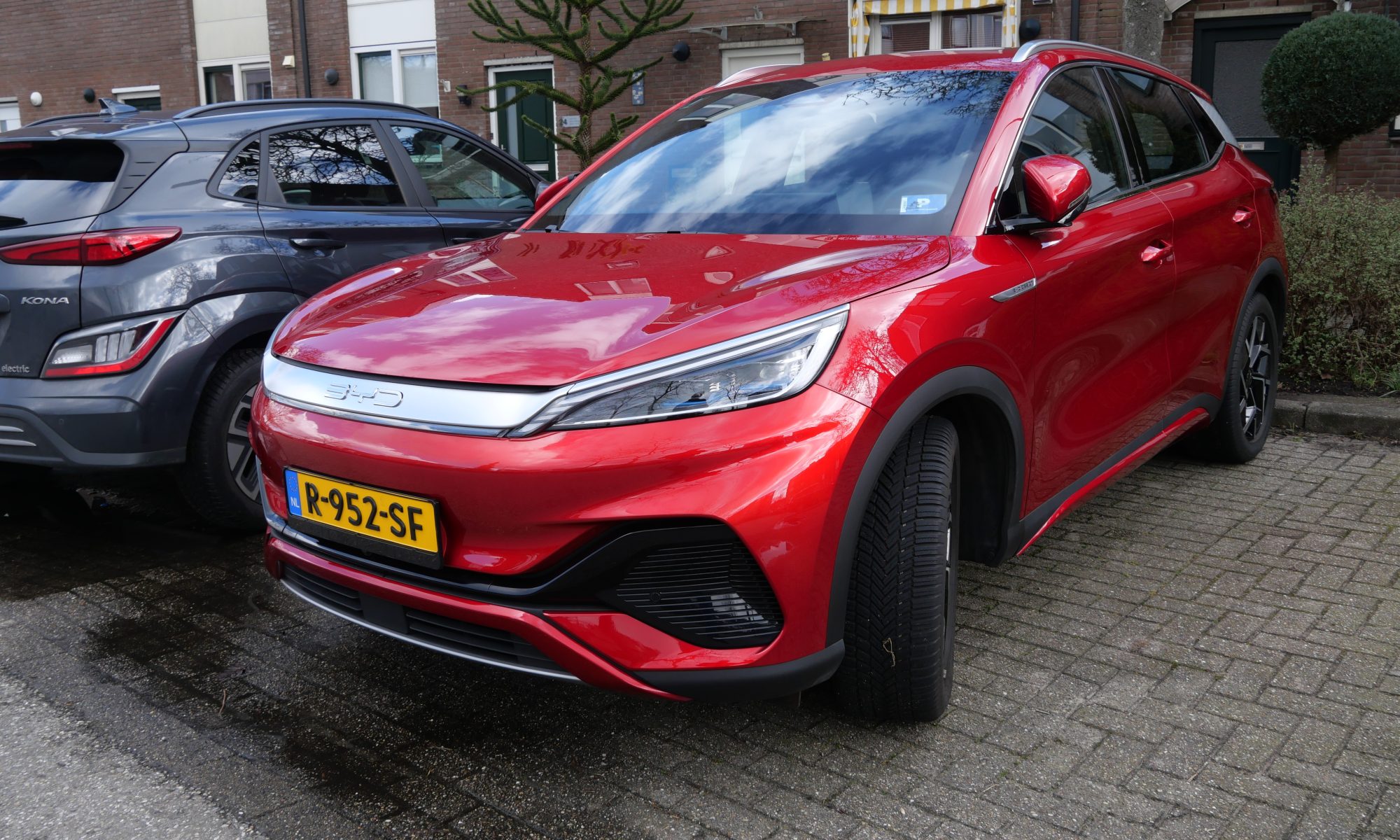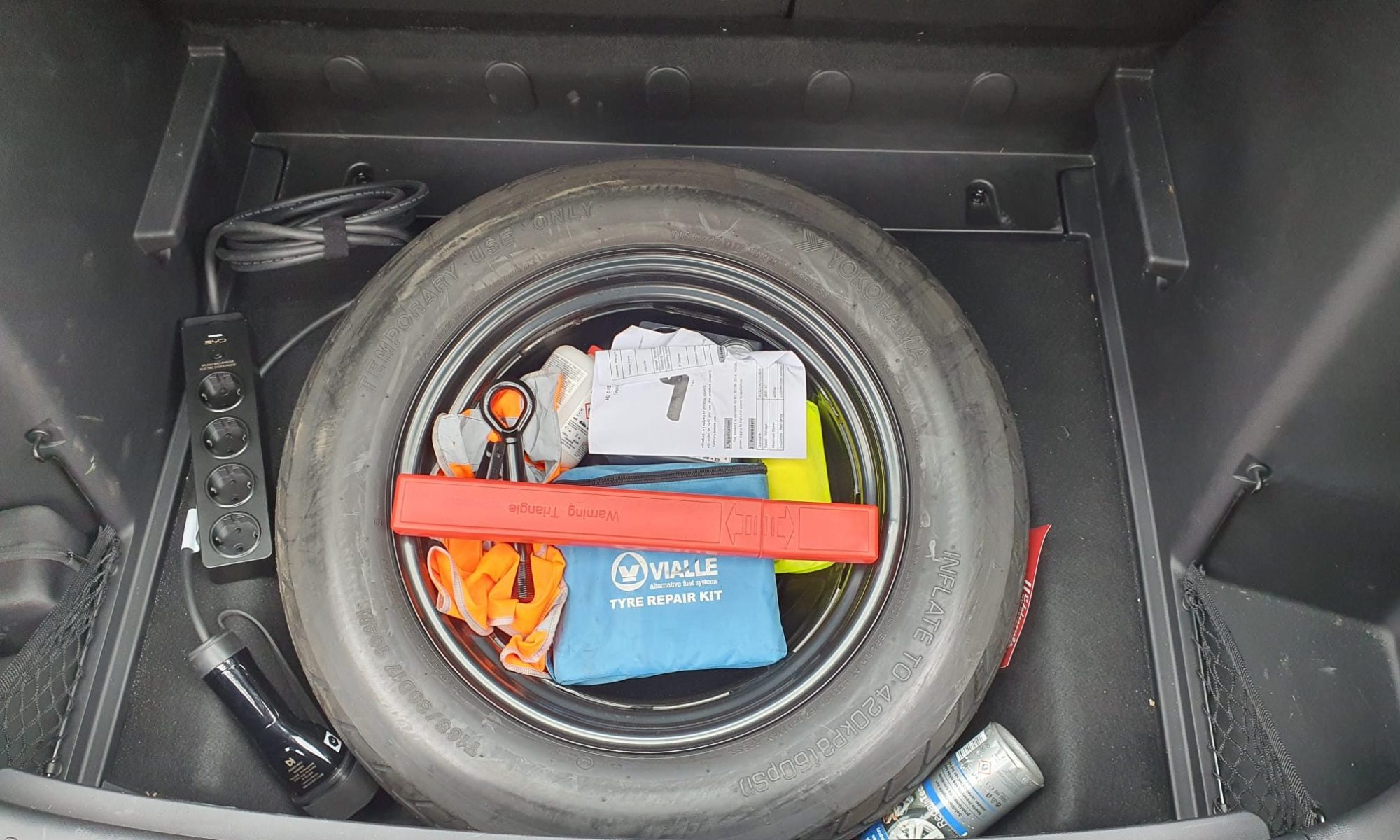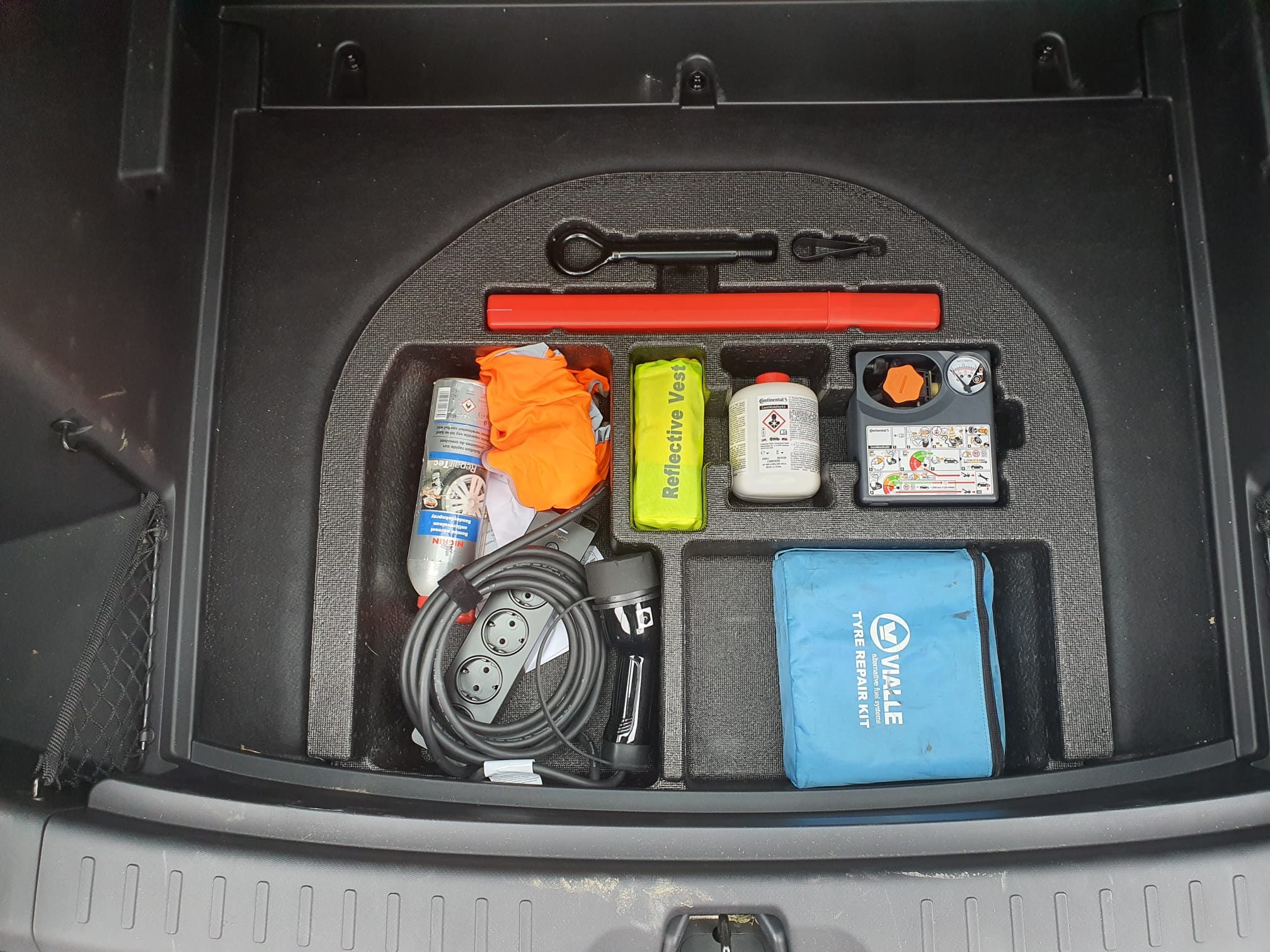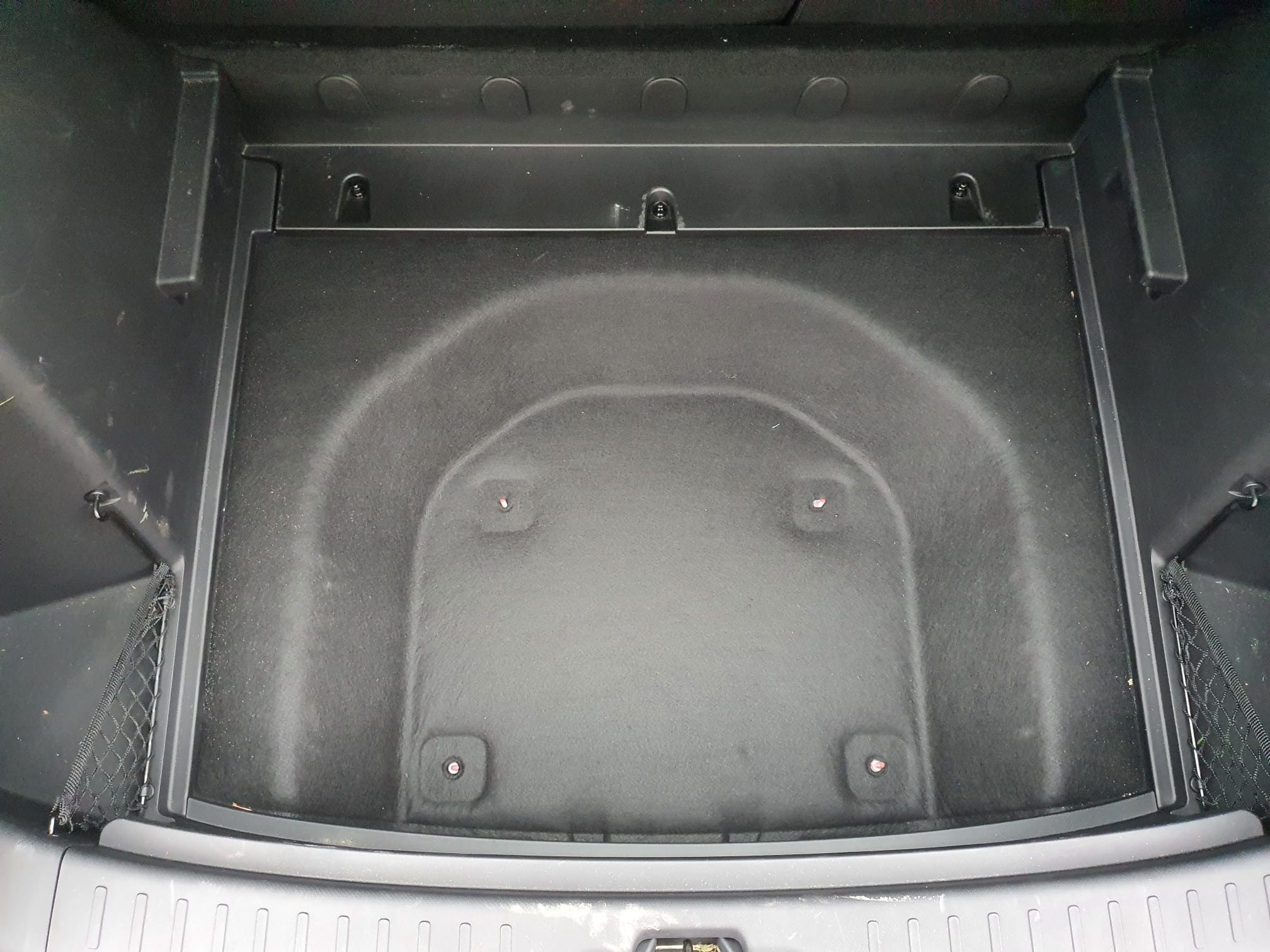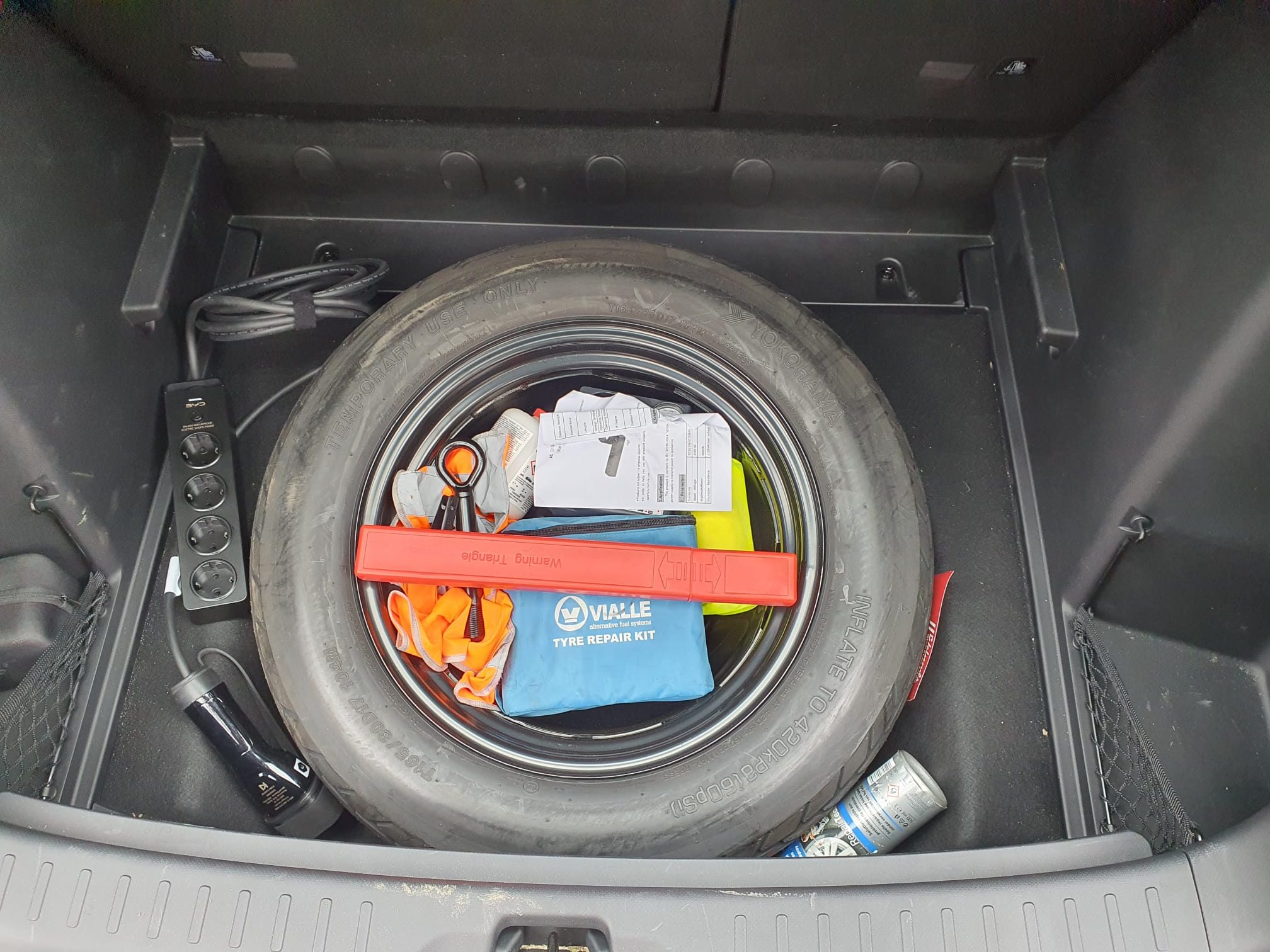This review replaces my previous reviews of my Atto 3, as all of my desired software enhancements have been completed filled in by BYD.
Meanwhile, software version 1.4 was loaded into the car via OTA on 18-9-2023 and as far as I am concerned, the car is completely OK in terms of software.
This is of course very personal. by now I am used to the beeps and other sounds the system makes when something is signaled or detected that I do not always immediately interpret as dangerous.
I have even learned to appreciate the fact that the system intervenes in dangerous situations. The other day I was driving behind a driver who suddenly hit the brakes in the middle of the intersection for some unknown reason. Before I could brake, the car was slowed down so that no collision occurred. I had not had similar intervention from the car before and was very pleased with it. It also shows that you really only know what you need when you have (unnoticed). So at this point I’m all over the place. Safety sometimes seems patronizing but avoiding a collision is enough reason, as far as I am concerned, to learn to appreciate the safety aspects of the Atto 3.
Intervention by the car on the steering wheel when you approach the edge of the road too much I previously found very annoying, and so did the accompanying beep. But I can also keep a little more distance from the shoulder and avoid the intervention. Matter of doing.
As I had mentioned in my earlier reviews, there were quite a few things that were just not set up nicely, which made driving the car uncomfortable. These were things like faltering A/C controls, or just the wrong air freshening functions available but also things like the fact that the A/C did not remember what the last setting was and should start with that again by default next time. That’s all fixed now, though.
Also promised afterthoughts like Apple Carplay and Android auto have been around for a while. I myself use Android auto and that works absolutely great!
Issues that remained:
1) I have the tow bar, but the car is officially not allowed to tow any weight because the car is not “homologated”. That is, there is no towing weight on the car’s Certificate Of Conformity. You can never get that later, only when the car is registered. Very unfortunate, especially since we were more or less verbally promised at the time of purchase that all that would still come.
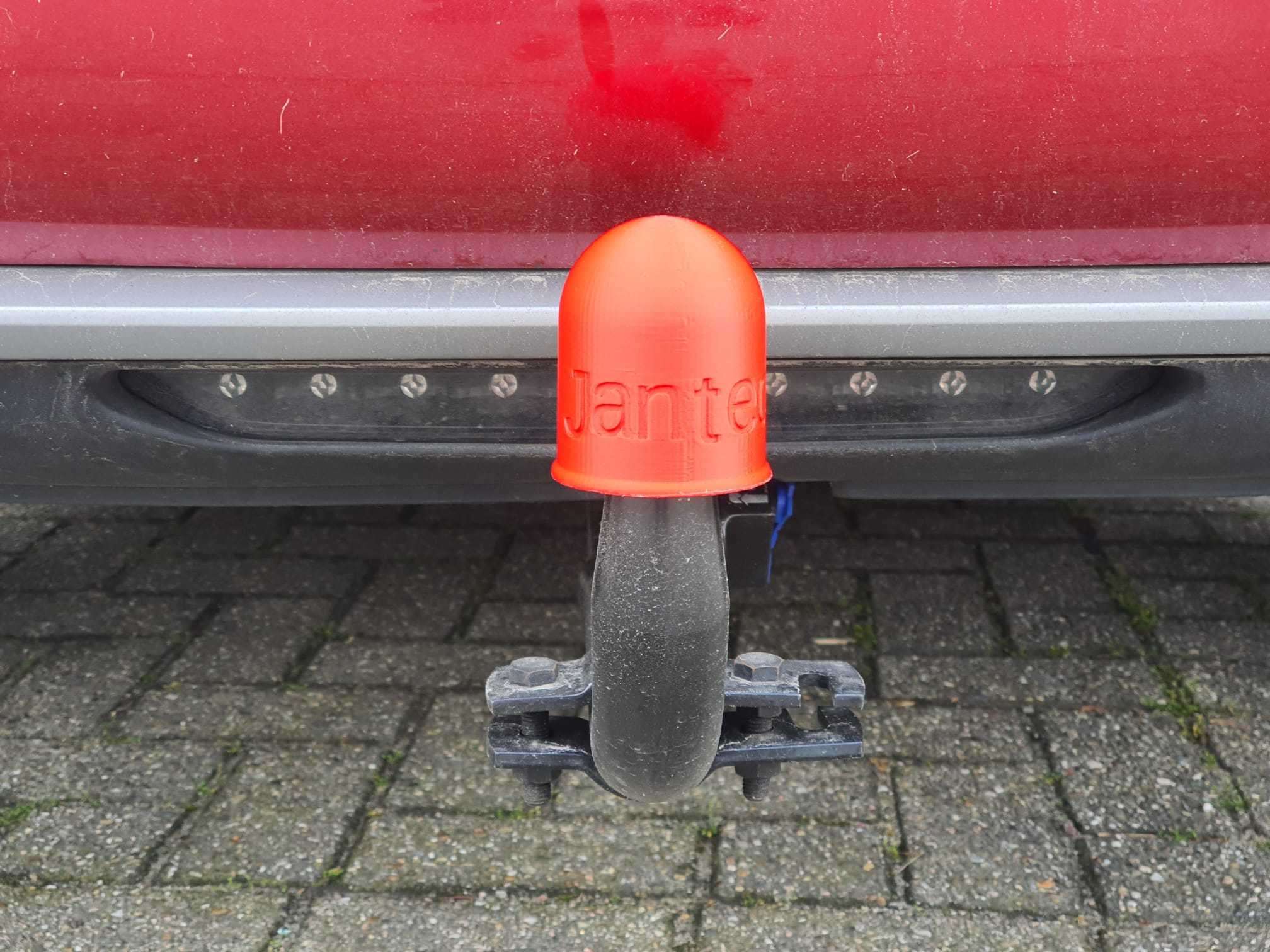
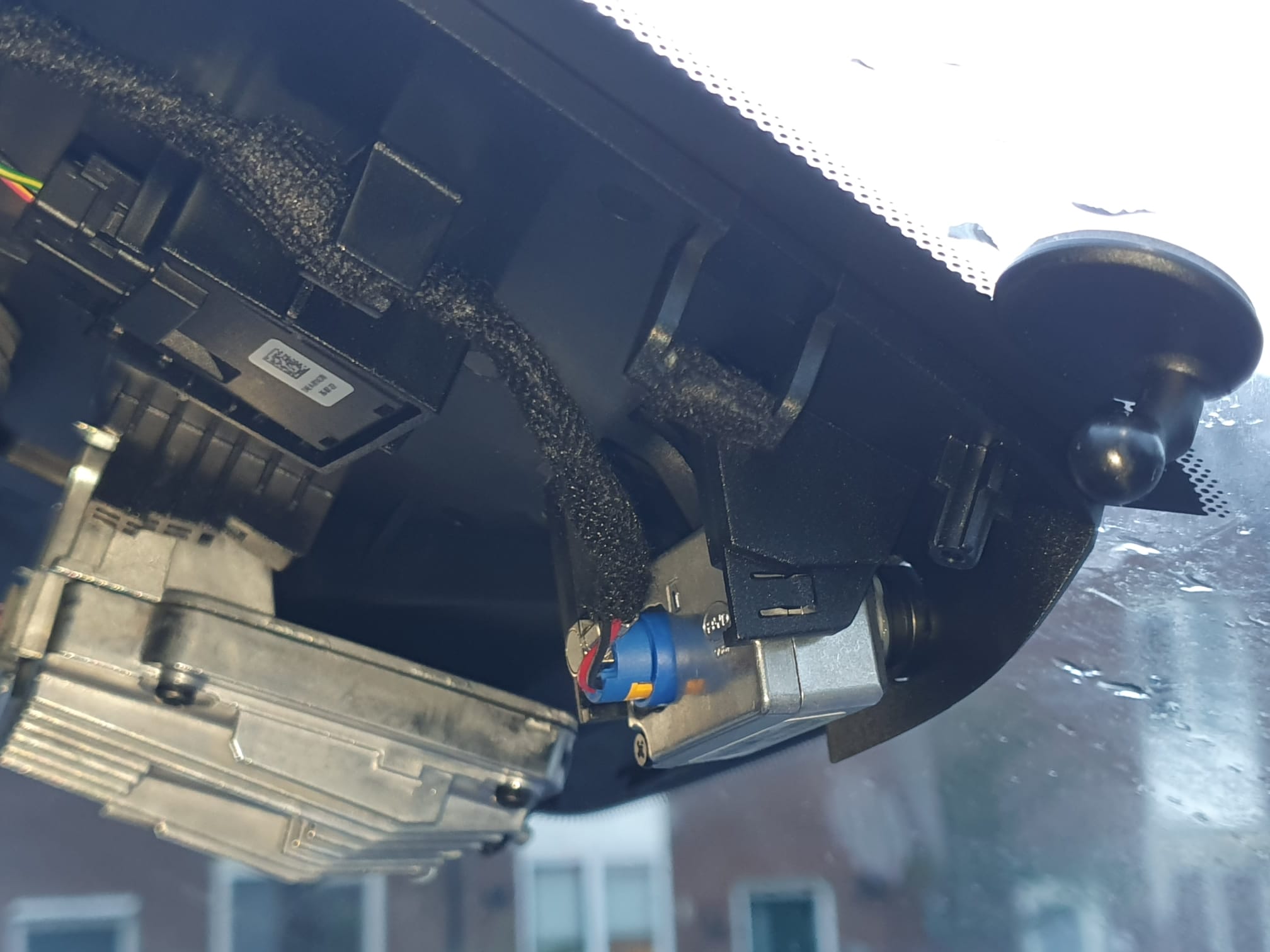
3) No rain sensor for the windshield wiper. I was not used to that at all so it was getting used to having to operate the switches myself all the time. I can fix this and ordered the parts but I haven’t started yet. Read the progress HERE .
Other topics:
I retrofitted a spare tire myself, of course you never need it but when you do… yes, exactly!
And immediately upon geting the car I had the standard summer tires replaced with all-weathers.
Driving experiences
I have liked the car from my first drive in November 2022 in terms of driving experience and handling. The software improvements have made my experience even better. The Atto 3 does not drive like a small mid-size car but behaves on the road very similar to my previous car(s), Volvo V70. Maybe an odd comparison, but I also drive other cars with regularity and with that I experience difference but between the Atto 3 and a latest version V70 so not. You could also say that a V70 is a dodgy car, but that is not my experience with the last made version V70’s. PS: My last version V70 F (BW), 2 liter gasoline/LPG had an empty weight of ‘only’ 1450 kilos, the Atto weighs empty 1825 kilos….
Anyway, I was and still am very satisfied with the Atto 3.
As far as driving experiences and the range of the car are concerned, I have also experienced a few things over the past 15,000 kilometers.
Driving an EV is very different from driving a fossil fuel car. Filling up the charge level takes longer than filling up at the gaspump.
The Atto 3 weighs 1,825 kilos. Minus point associated with a relatively heavy EV: You really have to be very careful with some speed bumps, not to always just go over them at the advised speed. Often it goes well but I now have 1 in my route where I don’t want to go faster than 40 while there is an advisory of 60. On an 80 km/h meg. driving on it is OK, but when driving off at 60km/h it’s like falling off a platform.
Consumption and charging
But, especially on the trips abroad this past year, it turned out that everything goes very well when you check in advance WHERE you can charge WHAT with which pass or app. Because the Atto3 can ‘only’ fast charge at 88 kiloWatts it does take a while to charge the car all over again. So I do that at 40-50% remaining charge. And then 15 minutes is enough to be back at 90-95%. Then you may have to stop more along the way but I don’t mind that for 15 minutes. You drive with the Atto 3 from 100% to 50% about 210 kilometers. So stopping at about 200 km after 2 hours of driving so suits me very well.
And then you come to the real difference between fossil driving or electric: Everything you do costs electricity, and with an EV, so does range. Headwind: 10% less range. Average consumption at 90 km per hour is about 14 kW for 100 km, so a full tank of 60 kWh will get you over 400 km, even 420 km WLTP. At least, in summer at 90-95 km/h on a flat road without storm, without headwind and without too much load.
I have tried a number of driving scenarios and my most notable one is on the A2 from Breukelen to Abcoude at 130 km/h with no headwind or storm, though at night with lights on. Average consumption: 35 kW for 100 km. So if you would drive 130 km/h for a longer period of time, you would get barely 250 kilometers and then the battery would be empty.
Suddenly I understood why the Atto 3, but now most new EVs are capped at 160 km/h….
If you drive mostly on county roads and/or urban and you can control your foot a bit with acceleration, you can easily stay under 15 kW/100km, I sometimes even manage to average 14 kW/100km.
Of course, it still remains a small/medium SUV and the streamline also affects consumption….
